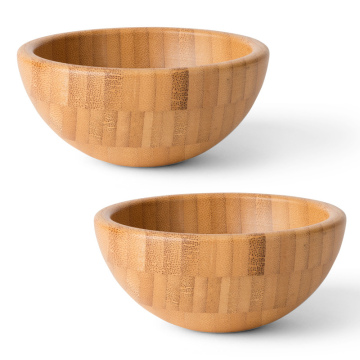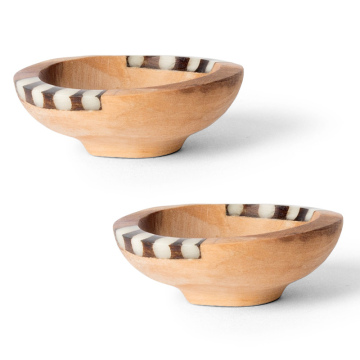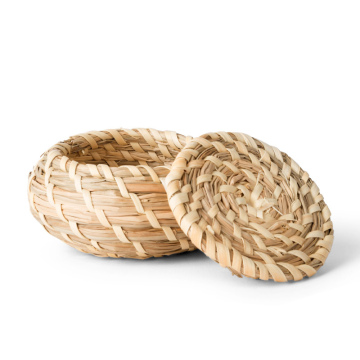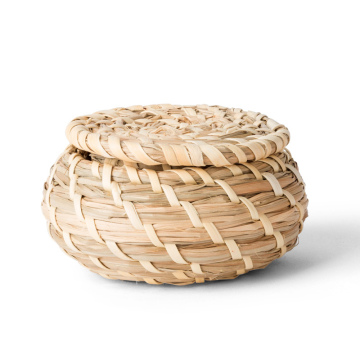Udon Adventure: Savoring Japan’s Iconic Noodles
The History and Cultural Significance of Udon
Udon noodles, chewy and thick, have a rich history that dates back to ancient Japan. Their exact origins remain somewhat elusive, with theories suggesting that udon may have been introduced from China during the 9th century. Initially, these noodles were made from wheat flour, which was quite different from the more commonly known rice noodles of the time. The evolution of udon continued over the centuries, becoming a staple food that transformed dramatically in preparation and consumption.
By the Edo period in the 17th century, udon gained popularity across Japan, with the rise of various regional styles that featured unique ingredients and flavors. Different areas developed their signature dishes, such as Sanuki udon from Kagawa Prefecture, known for its firm texture, and Kitsune udon from Osaka, which is topped with sweetened fried tofu. These regional varieties not only highlight the adaptability of udon but also its deep-rooted connection to local customs and culinary practices.
The cultural significance of udon extends beyond mere sustenance. In Japanese society, udon is often associated with various festivities and traditions. For instance, during New Year's celebrations, it is customary to consume warm bowls of udon to signify renewal and good fortune for the coming year. Moreover, udon noodles play a central role in communal gatherings, where families and friends come together to enjoy a hearty meal, fostering social bonds. Street food vendors, known as 'udon-ya,' frequently participate in festivals, sharing their unique udon recipes and showcasing the community’s pride in this beloved dish.
Through these cultural practices and celebrations, udon transcends its status as merely a food item; it embodies the spirit of Japan’s culinary heritage and the interconnectedness of its people. The joyful experience of savoring udon, whether in a bustling restaurant, at a local festival, or around the family table, underscores its significance in the daily lives of the Japanese. As such, udon remains not only a national treasure but also a symbol of cultural identity.
Types of Udon and Regional Variations
Udon, a beloved staple of Japanese cuisine, is not just a type of noodle; it encompasses a rich variety of styles and regional adaptations that celebrate local ingredients and culinary practices. Each region in Japan has developed its distinctive take on udon, resulting in an impressive array of flavors, textures, and presentations.
One of the most famous styles is Sanuki udon, originating from Kagawa Prefecture. Known for its firm texture and unique chewiness, Sanuki udon is often served in a simple dashi broth with toppings such as scallions, tempura, or a raw egg. The dough is traditionally hand-kneaded and cut into thick noodles, embodying the artisanal craftsmanship of Kagawa's noodle makers.
In contrast, Inaniwa udon, hailing from Akita Prefecture, presents a different flavor profile. These noodles are thinner and have a slightly firmer consistency than typical udon, often enjoyed cold in summer dishes or hot during colder months. Inaniwa udon is celebrated for its smooth texture, which comes from a unique drying process called “ari no tsuki,” making it a delicacy among udon enthusiasts.
Another notable type is Hinode udon, which is associated with the Kumamoto region. This style is characterized by its additional ingredients mixed directly into the udon dough, enhancing its flavor and nutritional value. Typically presented in a rich, savory broth, Hinode udon often features regional toppings such as grilled pork or seasonal vegetables.
These regional variations underscore the importance of local ingredients and traditions in udon preparation. The distinct characteristics of each style, whether through texture, broth, or toppings, reveal the vibrant culinary diversity across Japan. Understanding and appreciating these differences enriches the experience of savoring udon, offering a journey through Japan’s rich food culture with every bowl.
The Art of Making Udon: A Hands-On Experience
Making udon from scratch is a culinary journey that reflects the rich traditions of Japanese cuisine. The process requires a few simple ingredients: high-quality wheat flour, water, and salt. However, the magic lies in the meticulous care given to the preparation and the craftsmanship involved. The first step begins with mixing the flour and water to form a dough. Ensure that the water is at room temperature to facilitate the kneading process.
Once the ingredients are combined, the dough should be kneaded for approximately 10 to 15 minutes. This step is crucial as it develops the gluten, which gives udon its characteristic chewy texture. After kneading, the dough needs to rest for about an hour, allowing the gluten to relax. This resting period is essential for achieving the desired elasticity in the noodles.
After resting, the dough is rolled out to a thickness of about 1/4 inch. To achieve uniformity, it is important to use a rolling pin with even pressure. Once rolled, the dough is cut into strips, usually around 1/4 inch wide, resulting in the thick noodles that udon is known for. Finally, the cut noodles must be dusted with flour to prevent sticking before cooking.
For those who wish to deepen their appreciation of udon, participating in a local udon-making workshop in Japan can provide invaluable experience. Many workshops, such as those in Kagawa Prefecture, offer guided sessions where participants can learn the traditional techniques while also gaining insights into the history and cultural significance of this dish. These hands-on experiences enhance the understanding and enjoyment of udon, making it more than just a meal but a cherished ritual in Japanese culture.
Where to Enjoy the Best Udon in Japan
Japan is renowned for its culinary diversity, and udon noodles hold a special place in the hearts of many food enthusiasts. From the bustling streets of Tokyo to the serene villages of the countryside, there are numerous establishments dedicated to serving this beloved dish. For those seeking an authentic udon culinary experience, several restaurants stand out as must-visit destinations.
In Tokyo, one of the top spots is Udon Shin, located in the vibrant district of Shinjuku. This establishment offers hand-cut udon served in a rich, flavorful broth. Guests can customize their bowls with various toppings, from succulent tempura shrimp to fresh green onions. For a contemporary twist, Udon Bungo merges traditional recipes with modern culinary techniques, giving diners an innovative udon experience without compromising its core essence.
Traveling to the Kagawa prefecture, known as the "udon capital" of Japan, visitors must not miss trying Yamagoe Udon. This quaint udon shop has been serving locals for decades, specializing in sanuki udon—a thick, chewy noodle variant. Patrons often recommend pairing it with a dipping sauce made from a homemade soy blend for a truly authentic taste.
In rural settings, Kinokuniya in Takamatsu offers udon made from locally sourced ingredients. Here, diners can savor the simplicity of udon served with seasonal vegetables, allowing the fresh flavors to shine. To enhance the overall culinary experience, it is advisable to try the udon accompanied by a side of tempura, as this delightful crunch perfectly complements the soft texture of the noodles.
To experience the full array of udon flavors, it is essential to approach each dish thoughtfully. Pay attention to the broth's nuances, explore various toppings, and consider pairing your meal with a glass of sake to elevate the essence of the udon further. With so many unique options available, exploring Japan's udon scene promises to be a delectable adventure.











